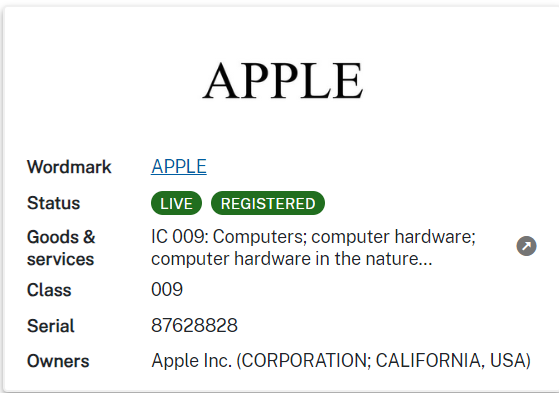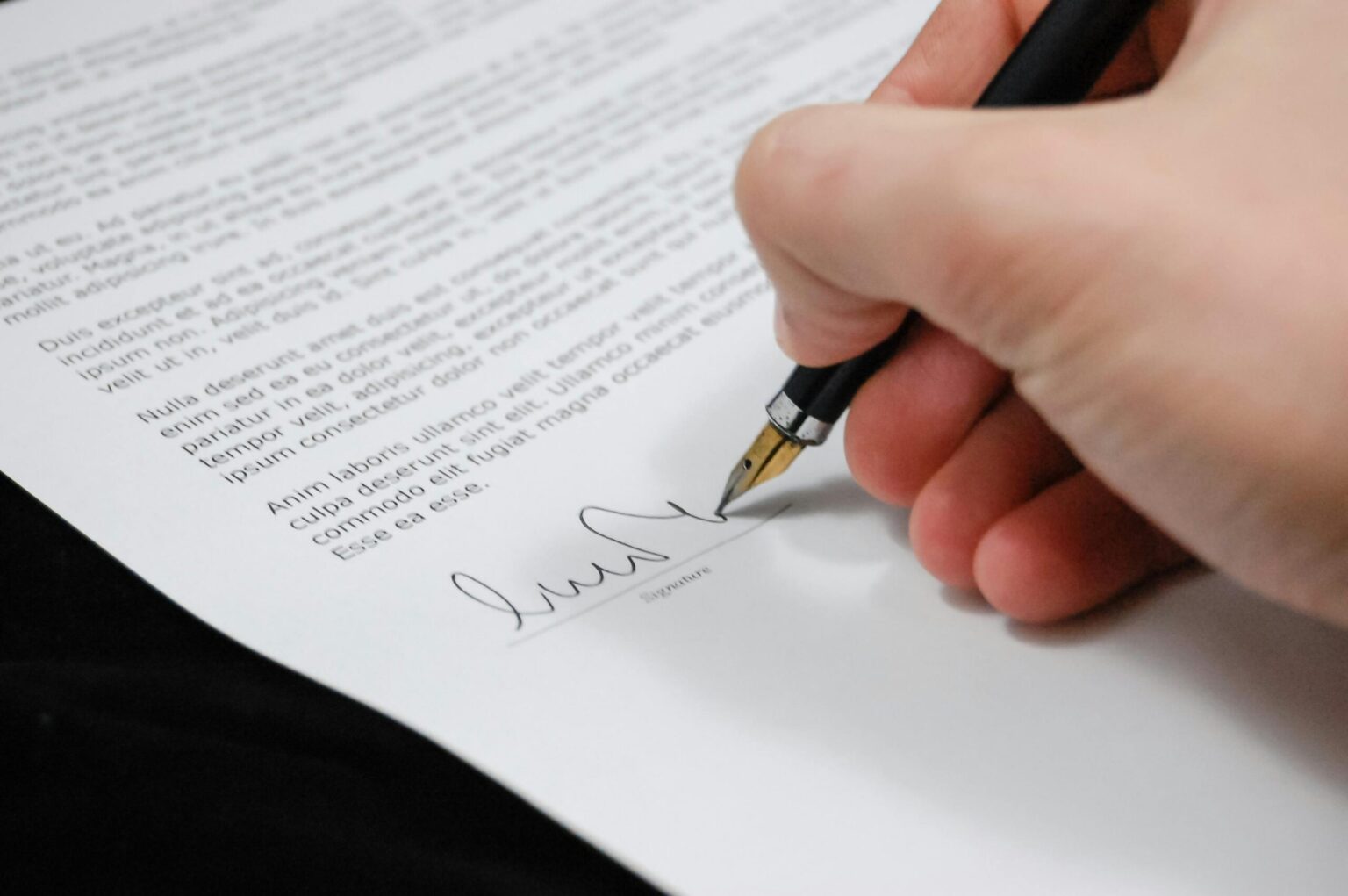Many Amazon sellers are never able to experience the satisfaction of running a seamlessly operating business. While things within their control may run smoothly, the Amazon marketplace demands flexibility, agility, and persistent innovation from all its sellers–creating a constant need for evolution that can be tumultuous.
Amazon’s policies continually change, and as an Amazon seller, you must keep adapting. However, there are certain basic principles that can help your business grow, safeguard your rights, ensure compliance, and create stability even within the bustling online marketplace. Among these, Amazon’s intellectual property policy is one of the most critical things to get right. That’s why we’re sharing everything you need to know about managing intellectual property on Amazon in this post, setting you up for long term success on the platform.
Intellectual Property on Amazon
When it comes to intellectual property on Amazon, there are two key elements that you should understand:
- How to ensure you don’t infringe on others’ rights. This includes avoiding any violations of patents, trademarks, and copyrights.
- How to secure your intellectual property. This is essential for protecting your product listings and can enhance the value of your business should you ever choose to sell.
What Are the Four Core Elements of Intellectual Property?
Amazon sellers need to be well-versed in the four crucial aspects of intellectual property: trademarks, copyrights, design patents, and utility patents. Each component provides distinct protection for your intellectual property (often called IP).
1. Trademarks
While trademarks are perhaps the most widely familiar aspect of intellectual property, we frequently receive numerous questions about Amazon’s trademark policy. Here are the key points to understand about trademarks.
Trademarks safeguard brand names and logos used in marketing products or services. When registering a trademark, you must apply within a specific category, like apparel or electronics, corresponding to a particular product type.
For instance, the trademark for “Apple” is registered, inter alia, under Class 9, which includes electronics, specifically smartphones and computers. Below is an example of one of Apple’s multiple trademark registrations in the United States Patent and Trademark Office (USPTO) database.

For Amazon sellers, obtaining a trademark is essential as it provides exclusive entry into the Brand Registry program. This program is crucial for enhancing, protecting your listings, and asserting your intellectual property rights, significantly altering how you manage your online business.
Remember that applying for a trademark with the US Trademark Office might involve a review and processing period of up to a year. Nevertheless, the benefit is that you can access the Brand Registry program shortly after filing your trademark application, reaping its benefits early. However, you can only enforce your trademark rights once the registration process is complete, which can take over a year.
The trademark office may deny a trademark application for various reasons, including due to a resemblance between your brand name or logo and another trademark for similar goods or services, even if it is in different category. For instance, attempting to register “Apples” for electronics would probably lead to application rejection.
The best approach to avoid such complications is conducting a thorough availability search before filing for the trademark and using it on any products. Do not begin manufacturing without being aware of possible issues with your brand name, as this is a frequent cause of trademark violations on Amazon.
Failing to perform this preliminary research and not obtaining the necessary protections exposes your brand, making it easier for “hijackers” to sell counterfeit products under your listings. Additionally, achieving a successful business exit for your private label business will be difficult without a registered trademark.
2. Copyrights
Copyrights protect images, written materials, and graphic designs. Unlike other forms of intellectual property on Amazon, that are required for protection of the sellers and the marketplace alike, obtaining a copyright is optional.
To explain Amazon’s copyright policy: if you take a photo using your iPhone, you own the copyright. If you create a bag featuring an original illustration of a dog, you can take action against any seller who duplicates this design on their listing without needing a registration. You need to show Amazon that the design is originally yours and file a copyright complaint through the Brand Registry dashboard or Amazon’s IP Infringement Report page.
However, it’s important to note that you must have a registered copyright to file a lawsuit for copyright infringement (beyond just removing a listing on Amazon).
The best approach to avoid copyright infringements is straightforward: refrain from using text, photos, or graphics that belong to third parties. Ensure that all content on your product detail pages is truly original. Staying original and avoiding duplication of any content will help prevent most instances of copyright infringement.
3. Utility Patents
Utility patents are the most comprehensive and strict type of intellectual property rights, but their scarcity is due to the difficulties and expenses involved in obtaining them. Yet, patent infringement remains a frequent challenge for many top Amazon sellers. These patents protect the functional attributes of a product and are granted for 20 years, assuming the invention is both unique and useful. An example from history is Alexander Graham Bell’s invention of the telephone in 1876, which was patented.
For those who sell private label products, it is essential to avoid patent infringement by hiring a qualified patent attorney to conduct a detailed search. If you are developing a new product, you might also consider applying for a utility patent to protect your invention and increase the value of your business.
4. Design Patents
While utility patents protect the functionality of a product, design patents focus on its aesthetic aspects, such as its shape. An example is the iconic shape of a Coca-Cola bottle, which is protected by a design patent. Sellers should know that companies with uniquely designed products often secure design patents for their protection. The best way to avoid infringing on a design patent is to either create a unique product or significantly modify an existing design.
Consulting with an attorney to perform a design patent search can reveal any existing patents, allowing you to avoid potential infringements. It is wise to alter your product as necessary to reduce the risk of infringement.
Risks of Not Protecting Intellectual Property for Amazon Sellers
If you don’t protect your intellectual property (IP) as an Amazon seller, you could face several risks and disadvantages:
- Copycats and Counterfeits: Without IP protection, other sellers may replicate your products, packaging, branding, or designs. This can lead to a proliferation of counterfeit goods that compete directly with your original products, potentially reducing your sales and market share.
- Brand Reputation Damage: If inferior or counterfeit versions of your product flood the market, it could harm your brand’s reputation. Customers unable to distinguish between genuine and fake products might end up dissatisfied, leading to negative reviews and decreased consumer trust.
- Loss of Exclusivity: Intellectual property rights, such as trademarks and patents, grant you exclusive rights to use certain logos, designs, or innovations. Without these protections, you lose exclusivity, allowing competitors to use similar or identical elements, which can dilute your brand identity and customer loyalty.
- Reduced Competitive Edge: IP protections often provide a competitive advantage, allowing you to offer something unique that others can’t easily replicate. Without such protections, it’s harder to differentiate your products from others on the market.
- Difficulty in Taking Legal Action: Without registered IP rights, it becomes much more challenging to take legal action against infringers. While some protections, like copyrights, are automatic, having formally registered rights can significantly strengthen your legal standing.
- Limitations in Business Growth and Valuation: IP assets can significantly increase the value of a business. Investors and buyers often look for strong IP portfolios as part of their valuation. Without protected IP, you might find it harder to attract investment or sell your business at a desirable price.
For these reasons, it’s advisable for Amazon sellers to consider investing in the proper registration and protection of their intellectual property, particularly in competitive and highly visible marketplaces.
Protect and Enforce Your Intellectual Property for Amazon
Once you have registered your intellectual property (IP) rights, the next step involves enforcing them, which varies by IP type. Trademarks are enforced primarily to address issues with hijackers and counterfeiters, while design patents are used to stop competitors from selling products that copy your designs. Copyrights empower you to take action against sellers who duplicate your photographs, texts, or designs. Although enforcing a utility patent can be challenging, becoming acquainted with Amazon’s Neutral Patent Evaluation process is beneficial.
Navigating the field of intellectual property can seem daunting, especially when determining where to start. However, you can alleviate some of these challenges by understanding the four essential elements of intellectual property on Amazon and actively monitoring your brand. If you need help protecting your IP, do not hesitate to contact our partners from the legal team at Cabilly & Co.
This blog was contributed by our partners at Cabilly & Co.

